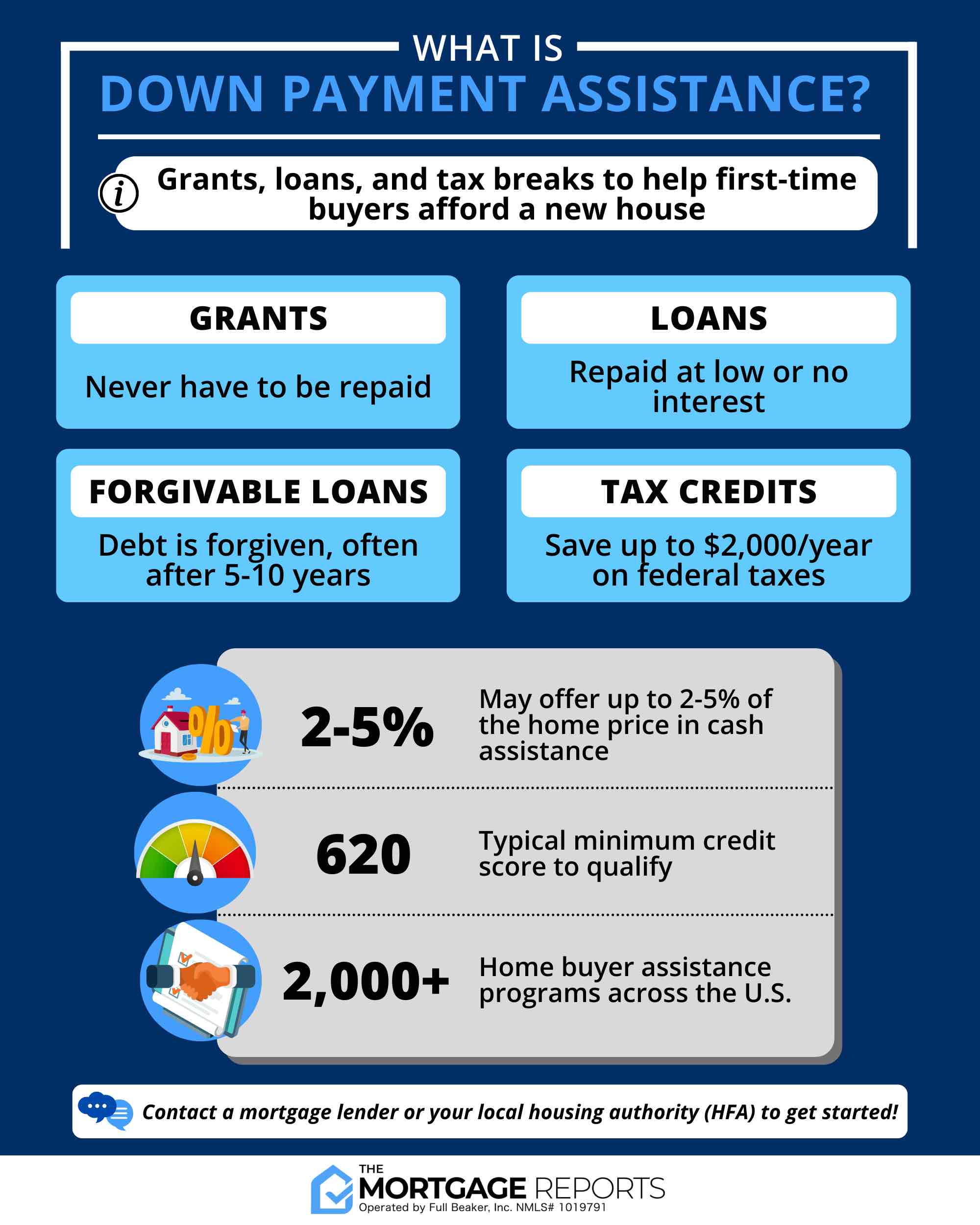Affordable Housing Options For First-time Buyers
Isn’t it intriguing that nearly 60% of millennials are considering moving outside urban areas for their first home, primarily due to affordability? For first-time buyers, the question of where to find affordable housing options looms large. Navigating this landscape can seem overwhelming, but exploring alternatives like community land trusts or co-housing projects can open doors to ownership without breaking the bank.
Throughout history, the definition of “affordable housing” has evolved, often influenced by economic shifts and urban planning changes. Today, with housing markets fluctuating, many first-time buyers are turning to government-backed loan programs as a viable option. These programs not only make homeownership more accessible but also offer education on managing mortgages, effectively reducing financial risks for novices in the housing market.

Affordable Housing Options for First-Time Buyers
Finding the right home is a big step for anyone, especially for first-time buyers. The idea of owning a home can seem out of reach due to high costs. However, there are various affordable options available to make this dream come true. Many people are now exploring manufactured homes or smaller houses, often called “tiny homes.” These options can fit tighter budgets and offer a cozy living space.
Many communities are adopting programs to help new buyers. These include grants that buyers don’t need to pay back, making the upfront costs less daunting. Furthermore, some neighborhoods offer rent-to-own deals, where renters can eventually own the property. Looking into these options can ease the financial stress of buying a home. It also encourages a sense of ownership and responsibility.
Additionally, government programs play a major role in assisting first-time buyers. With loan programs like FHA loans, buyers can secure a mortgage with a smaller down payment. The VA loan is another fantastic option for veterans and their families, offering favorable loan terms. These loans often come with lower interest rates, making them easier to manage. Such opportunities can transform the buying process into a more realistic goal for many families.
It’s crucial to explore and understand different financial options when aiming to buy a home. Creating a table to compare loan terms, interest rates, and down payments can be beneficial.
| Loan Type | Down Payment | Interest Rates |
|---|---|---|
| FHA Loan | Low | Competitive |
| VA Loan | None | Favorable |
. By examining options closely, first-time buyers can make informed choices. This thorough understanding can lead to a more affordable and successful home-buying experience.
Why First-Time Buyers Choose Affordable Housing
First-time buyers face numerous challenges when entering the housing market. The most significant one is the high cost of homes in many regions. Choosing affordable housing becomes a practical solution to manage their finances better. It allows them to budget their monthly expenses without stress. Additionally, it can provide peace of mind knowing they have a roof over their heads without breaking the bank.
Another reason is the desire to create a stable living environment. Affordable housing options often come with fixed-rate mortgages, giving buyers a steady financial plan. Young families, in particular, seek stability for their growing needs. Settling into a budget-friendly home can help build a solid foundation for the future. This sense of stability can be very reassuring.
Location plays a vital role in why first-time buyers opt for cheaper housing. Often, these homes are located in emerging neighborhoods with potential for growth. This can mean more community development and opportunities down the line. Investing in a rising area might yield financial benefits later. Buyers may see it as a strategic move, blending affordability with future gains.
The simplified maintenance of affordable housing is also appealing. New buyers appreciate homes that require less upkeep and repair expenses. These savings add up over time, providing more opportunities to invest in other life goals. Plus, it means more time to enjoy the home without constant worry over repairs. A simpler living arrangement can lead to a happier lifestyle.
Exploring Alternatives to Traditional Housing
As housing costs continue to rise, many people are looking for creative alternatives to traditional homes. Tiny houses have gained popularity for those seeking a simpler lifestyle. These compact dwellings offer reduced expenses and a smaller environmental footprint. Plus, they are often mobile, providing flexibility in location. This makes tiny living attractive to both young professionals and retirees.
Co-housing communities are another exciting option for those seeking affordability and a sense of community. In these setups, residents share common spaces like kitchens and gardens, while maintaining private living areas. The benefits include lower costs and a built-in support network. Living in a close-knit environment can also lead to stronger friendships. This communal experience can be enriching for people of all ages.
Some innovative ideas involve repurposing shipping containers into homes. These structures are durable and offer a unique, modern aesthetic. By stacking and customizing them, people can create stylish, yet low-cost living spaces. The trend of using such unconventional materials is catching on in urban areas. It represents an efficient use of resources and space.
For those wanting a more rural lifestyle, off-grid living presents an attractive option. This approach means living without public utilities, relying on solar or wind power instead. It encourages self-sufficiency through activities like farming and rainwater collection. While it requires a bit more work, many find the independence rewarding. The appeal of living sustainably in harmony with nature is undeniable.
Government-Backed Loan Programs and First-Time Buyers
Government-backed loan programs offer significant help for first-time homebuyers. One popular option is the Federal Housing Administration (FHA) loan. This program requires a lower down payment, often just 3.5% of the purchase price. It also has more lenient credit score requirements compared to conventional loans. As a result, many people find it easier to qualify for an FHA loan.
Another beneficial program is the Department of Veterans Affairs (VA) loan, available to military veterans and their families. VA loans typically require no down payment at all, making homeownership more accessible. They also come with competitive interest rates and limited closing costs. For those who have served in the military, this is an excellent option. It acknowledges their service while offering substantial financial benefits.
Rural areas can benefit from the U.S. Department of Agriculture (USDA) loan program. This program provides zero-down payment loans to eligible buyers in designated rural areas. These loans often come with lower interest rates and no private mortgage insurance requirements. As a result, they make living in rural communities more attractive and affordable. Families looking for a quieter lifestyle can find this a viable solution.
Each of these programs has its own set of requirements, benefits, and limitations. Creating a table to compare these options can be very helpful.
| Loan Program | Down Payment | Special Benefits |
|---|---|---|
| FHA Loan | 3.5% | Low credit score requirement |
| VA Loan | None | No closing costs |
| USDA Loan | None | No PMI |
. By understanding the details, first-time buyers can make informed decisions. Choosing the right program can simplify the path to homeownership.
Managing Mortgages: Reducing Financial Risks
Managing a mortgage can seem daunting, but it is essential to reduce financial risks. One key strategy is maintaining a good credit score. A strong credit history can help secure better loan terms and lower interest rates. This, in turn, reduces the total amount paid over the life of the loan. Keeping credit utilization low and paying bills on time are easy ways to improve your score.
It’s also wise to create a budget that includes your mortgage payments. Knowing how much you can afford monthly prevents financial strain. Set aside funds each month for unexpected expenses that might arise. Budgeting helps in staying on track and avoids falling behind on payments. By following a plan, you’re less likely to face financial surprises.
Refinancing might be another route to consider for lowering risks. Refinancing can lower your interest rate or even change the loan term. This means refinancing can lead to reduced monthly payments. However, it’s important to understand the costs involved, like closing fees. Weigh the pros and cons before making a decision.
A helpful tool is comparing loan offers using a table.
| Lender | Interest Rate | Monthly Payment |
|---|---|---|
| Bank A | 3.5% | $1,200 |
| Bank B | 3.8% | $1,250 |
. Having this information clearly laid out lets you choose the best option. Making informed decisions leads to smarter mortgage management and reduced financial pressure.
Frequently Asked Questions
Understanding affordable housing options is essential for first-time buyers entering the market. This section addresses common questions to guide and simplify your home-buying journey.
1. What are the benefits of using an FHA loan for first-time buyers?
FHA loans offer a reduced down payment requirement, often as low as 3.5%. This makes it easier for first-time buyers who might not have substantial savings. Additionally, these loans are generally more forgiving for those with lower credit scores, thus broadening the eligibility.
The program also provides competitive interest rates, making monthly payments more manageable. First-time buyers can focus on building equity without the pressure of high initial costs. This offers a pathway to homeownership that’s more accessible and less financially stressful.
2. How does co-housing create community benefits?
Co-housing promotes a sense of community by sharing common spaces and resources among residents. This setup allows for shared responsibilities, reducing the burden on any one individual, while fostering stronger social connections.
Residents often share amenities like kitchens and gardens, which can lead to cost savings. The collaborative environment encourages teamwork, building lasting friendships and support networks. This increases everyone’s quality of life in a community-focused setting.
3. What should be considered when choosing to live in a tiny house?
Living in a tiny house means embracing a minimalist lifestyle. You must prioritize essential possessions and maximize the efficient use of small spaces. Being mindful of functional layouts and compact furniture can significantly impact comfort and convenience.
Tiny houses can offer financial freedom with lower costs in utilities and maintenance. Plus, their mobility provides geographical flexibility, allowing you to move with ease. This lifestyle choice is ideal for those seeking simplicity and reduced living expenses.
4. Why might someone choose a manufactured home?
Manufactured homes are typically more affordable than traditional houses, offering greater value per square foot. They often come with customizable features, allowing buyers to tailor their space to personal tastes and needs.
These homes are built in controlled environments, ensuring high quality and consistent construction standards. This controlled process can lead to reduced delays and weather-related issues. Choosing a manufactured home can be a practical, cost-effective decision for first-time buyers.
5. What is the role of a real estate agent in buying a first home?
A real estate agent guides first-time buyers through the complex process of purchasing a home. They provide valuable insights into market trends, pricing, and neighborhood specifics. This expertise helps buyers make informed decisions that align with their needs and budgets.
Agents have experience with negotiations, ensuring clients get favorable contract terms. Their knowledge can prevent common pitfalls, providing peace of mind. Engaging with a seasoned agent can make navigating the home-buying process smoother and more efficient for newcomers.
In Closing
Affordable housing options for first-time buyers provide the foundation for a stable financial future. Exploring various alternatives like government-backed loans, tiny houses, and manufactured homes can ease the path to homeownership. These options not only cater to diverse needs but also promote a balanced lifestyle.
The journey to owning a home might seem challenging, yet with the right information, it becomes achievable. By understanding and leveraging the available resources, buyers can make empowered decisions. This empowers first-time buyers to secure a home that meets their needs while ensuring financial security.


